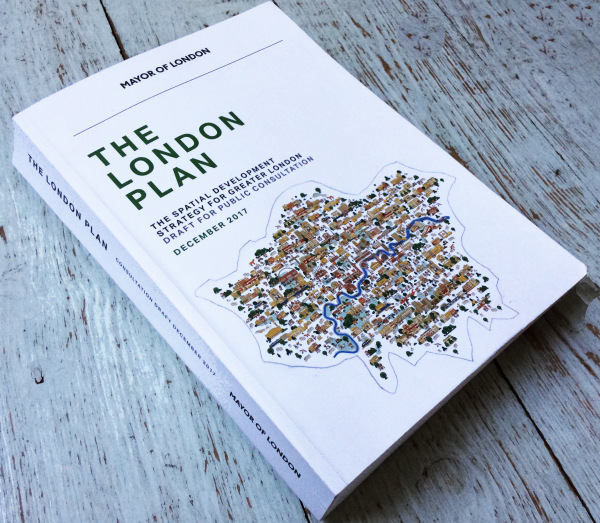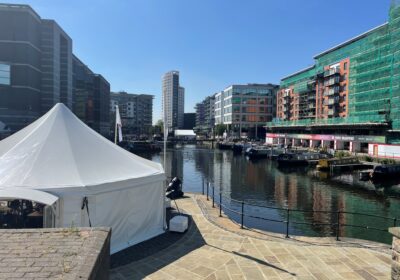In a week where the world was shaken again by the rapid spread and impact of the Coronavirus it is unsurprising that little in the way of headlines were made by Robert Jenrick’s excoriating letter to the Mayor of London concerning his London Plan. Yet for the London development sector, this intervention is significant.
The letter, which directs a series of changes to the draft Plan, laid bare ideological and policy differences between Westminster and City Hall. It is not surprising it has come to this. The recent interventions from the Secretary of State concerning Mayoral decisions suggested Jenrick held little warmth for the Mayoral planning regime – see my blog post on the Westferry decision and Simon Rickett’s blog.
I won’t deal with the various swipes. The letter contains plenty and I’d encourage you all to digest. There are a number of practical implications for the sector which I have outlined below.
Firstly, how the Plan treats employment land use going forward has been altered. Increased protection of both local and strategic industrial areas was a significant change of direction in the emerging Plan and something strongly advocated by the Deputy Mayor Jules Pipe. Khan’s administration has been concerned with the pace of deindustrialization and the Plan sought far more managed change than under Johnson’s planning regime.
However, these new protections are watered down – Policies E4 to E7 have been materially altered and the ‘no net loss’ language which created a high hurdle for developers has been extinguished. Big winners will be developers such as Peabody in Thamesmead and promoters on the Old Kent Road where the Boroughs are broadly supportive of intensifying residential and accepting of the loss of employment.
However, in other parts of London, the intent to protect will remain. Developers may have their hand strengthened by this move but be under no doubt: City Hall, and many of the Boroughs will still negotiate hard over the loss of employment land across the Capital.
Another key change relates to Green Belt. City Hall took an absolutist approach to protection despite some of the Outer London Boroughs being supportive of some managed loss. Under the changes, Jenrick has added flexibility with the caveat that green belt will be protected “except where very special circumstances exist.” Any managed loss I imagine will have to be Borough led but I can see some of the more pro-development Authorities such as Croydon and Enfield using this to promote strategic growth over the next five years.
Jenrick is also very clear in his letter about the type of housing he wishes to see. In his annexed changes he inserts the need for family sized housing and his letter he makes mention of affordable homeownership including First Homes. To be fair to the Mayor, given First Homes has only been out for consultation for a few weeks, it’s difficult to see how he could have engrained such an approach into the Plan.
Now to the politics. It’s taken some 20 months from when the previous Secretary of State, James Brokenshire raised concerns with the draft Plan to get to this stage where alterations are being forced on the Mayor. This is not a healthy state of affairs: two tiers of government are both struggling to coordinate and indeed communicate.
It is not helped by regular changes in Westminster and one must have some sympathy for Khan who has already seen out a number of Ministers since he became London Mayor. He may well be hoping to also see out Jenrick. By all accounts, Jenrick is a clever man and on the rise. He already has some clear views on planning evident in his interventions over the last few months and wider potentially more radical planning reform is now a racing certainty.
It would appear the direction of travel is depoliticization of housing and a more zonal, less regulated approach with an increased emphasis on affordable homeownership. This goes against the direction of the London Boroughs and the Mayor with their understandable focus on dealing with the acute pressures resulting from homelessness and a shortage of available social rented housing. We can expect some very significant resistance in the coming months.
Finally, I can’t emphasize enough how fundamental a shift to zonal planning could be. It will result in the stripping away or at the very least a watering down of one of the last meaningful powers held by Local Authorities. It could take the politics and the sting out the housing sector and will mean some very significant changes to the way the development and housing sector goes about its business in the years to come. I will share more on this through propviews in the coming weeks…








